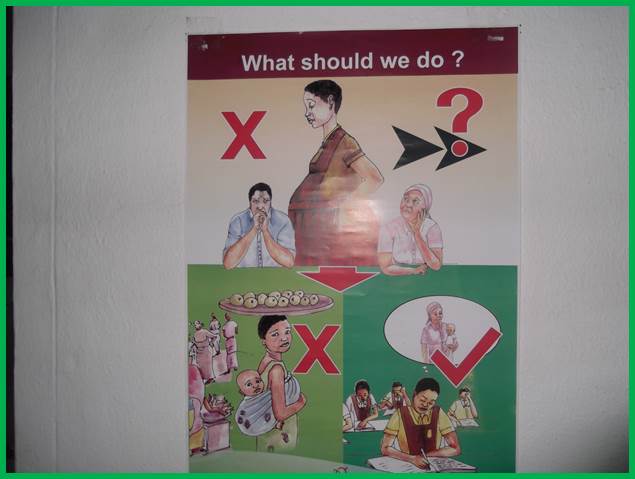Sexuality and Adolescent Reproductive Health

Community Volunteerism
July 3, 2023
Child Commercial Sex Survey in Ghana
July 3, 2023Sexuality and Adolescent Reproductive Health
THE DILEMMA
POSTER ILLUSTRATION



THE DILEMMA
POSTER ILLUSTRATION
